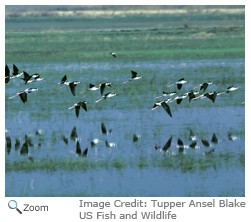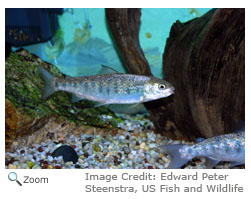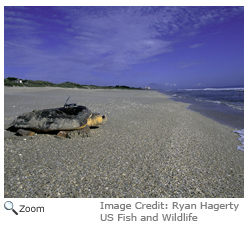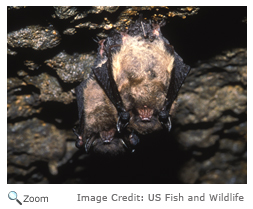How and Why Animals Migrate |
Animals migrate
for a variety of reasons. Migration is a behavioral adaptation that helps
animals survive.Finding Their Way
|
Reasons to MoveSome animals travel relatively short distances to find food or more favorable living or breeding conditions.Most animals that migrate do so to find food or more livable conditions. Some animals migrate to breed.
Some crustaceans also migrate for breeding. In many species of crabs, the females will move into shallow coastal waters to mate and lay her eggs, then they return to deeper ocean waters.
|




